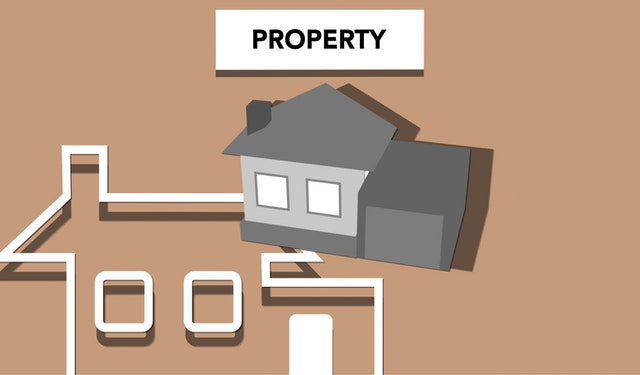Here are three steps for worried sellers to find the lowest price they can handle to cover real estate commissions, mortgages, and possible buyer closing costs.
A few essential steps must occur for someone considering selling their home before going on the market to set a reasonable asking price. First, working with a listing real estate agent can be very useful for two ways to determine an affordable starting price. First, real estate agents can offer a CMA (comparative market analysis) to help determine a potential fair market value for a home based on comparable properties with similar features that have sold or are currently active on the market in the local real estate market. In addition, a simple three-step math tool called the “Net to Seller” can help owners identify the minimum accepted sales price that will be acceptable to cover their expectations and needs.
How to Determine the Minimum Sales Price of a Home With “Net To Seller”
Step 1: Determine how much money is still owed on all lent monies related to the home (remaining balance on first and second mortgage). Add any additional money for savings or a down payment on another home. It is your first value of “money needed.”
Step 2: Deduct from 100% the percentage amount that will cover real estate commissions (these values are not “preset” to avoid anti-trust laws and are forbidden to be pre-typed on a selling agent contract form). This percentage must be negotiated in every transaction with the listing agent. Still, most real estate agencies have a company standard and will and must disclose this amount before signing any agreement. A listing agreement with the listing agent must be in writing before putting a house on the market with a real estate agent.
Step 3: Take the remaining mortgage value cash total and divide it by the percentage remaining from Step 2 to get the desired final negotiated sales price.
Note: If the seller anticipates other pay-offs at closing, such as contributing a percentage of the sales price in buyer’s closing costs, subtract that as well from 100% in step 2 before going on to step 3.
An Example Scenario to Determine a Minimum House Sales Price
Let’s imagine that the Smiths want to sell their home. They have an outstanding first mortgage of $200,000 and a second mortgage of $70,000 (they avoided paying extra mortgage insurance by doing a 70/20 mortgage back in the day). They anticipate paying 6% in real estate commissions (split between the listing agent and selling agent working with the buyer). They want to break even and don’t need any additional savings.
Step 1: Remaining mortgage debt
200,000 +70,000 = 270,000 (remaining house debt to pay off mortgages)
Step 2: Percentage of commissions subtracted from 100%
100% – 6% = 0.94
Step 3: Divide anticipated money needed / 0.94
270,000 / 0.94 = 287,234 final needed sales price
A Slightly More Advanced Example with Closing Costs and Additional Savings for the Next Home
The same scenario with the Smiths, but add in need for $25,000 for savings for a downpayment on their next home and contributing 3% to closing costs for their buyer as an incentive to sell the house. Here are the adjusted calculations.
Step 1: Money Needed For Mortages and Savings
200,000 +70,000 + 25,000 = 295,000
Step 2: Percentage of commissions and closing costs subtracted from 100%
100% – 6% (commissions) – 3% closing costs = 0.91
Step 3: Divide antipated money needed / 0.91
295,000 / 0.91 = $324,175
The benefit of Knowing the Necessary Sales Price (Net To Seller) to Break Even
This simple three-step exercise will help relax sellers of future closing earnings on the sale of their home. It will also help them to determine additional issues such as if they are at risk for a short sale (owing more than selling will cover) or if alternative considerations may be a better solution (waiting to sell, placing a home on the rental market, selling by the owner to reduce commission fees, until the situation turns around).
Every situation will be unique, and talking with a listing agent on a seller’s side will help with all these concerns. Another consideration is that any unpaid property tax, construction liens, or personal tax liens will also have to be paid at the home’s sale and added to necessary expenses. During negotiations with a prospective buyer, sellers will be able to make decisions and have a pre-determined plan before in the heat of the moment in negotiations. It is always easier to plan before the pressure of the sale.




